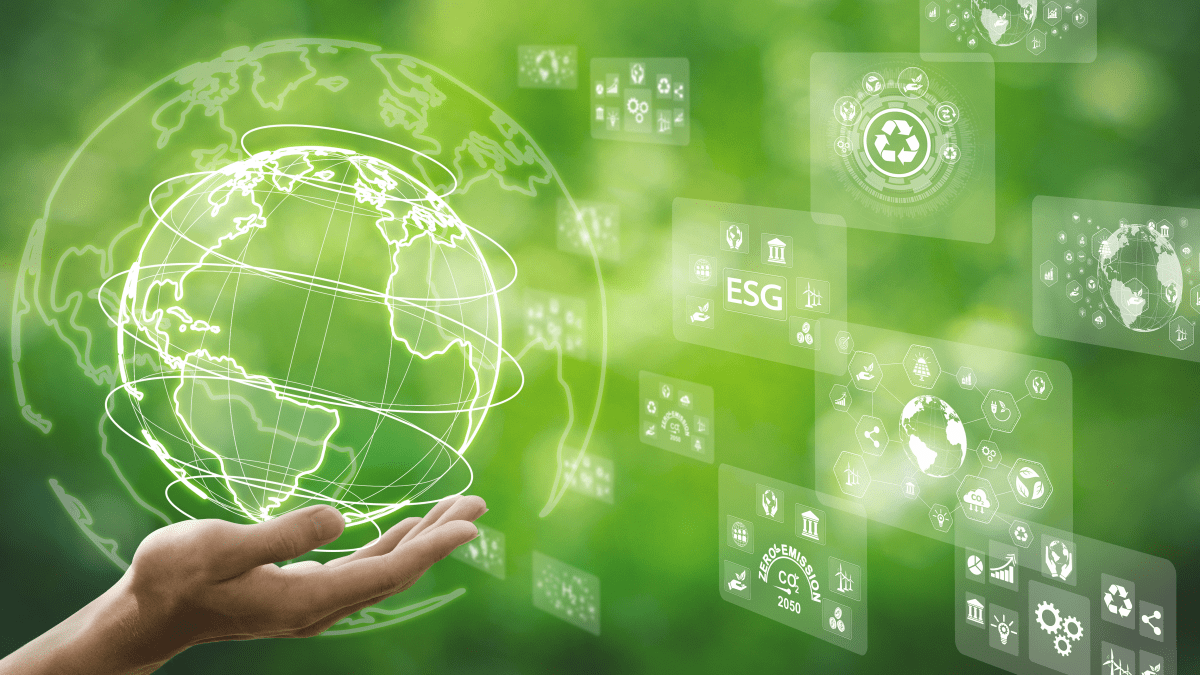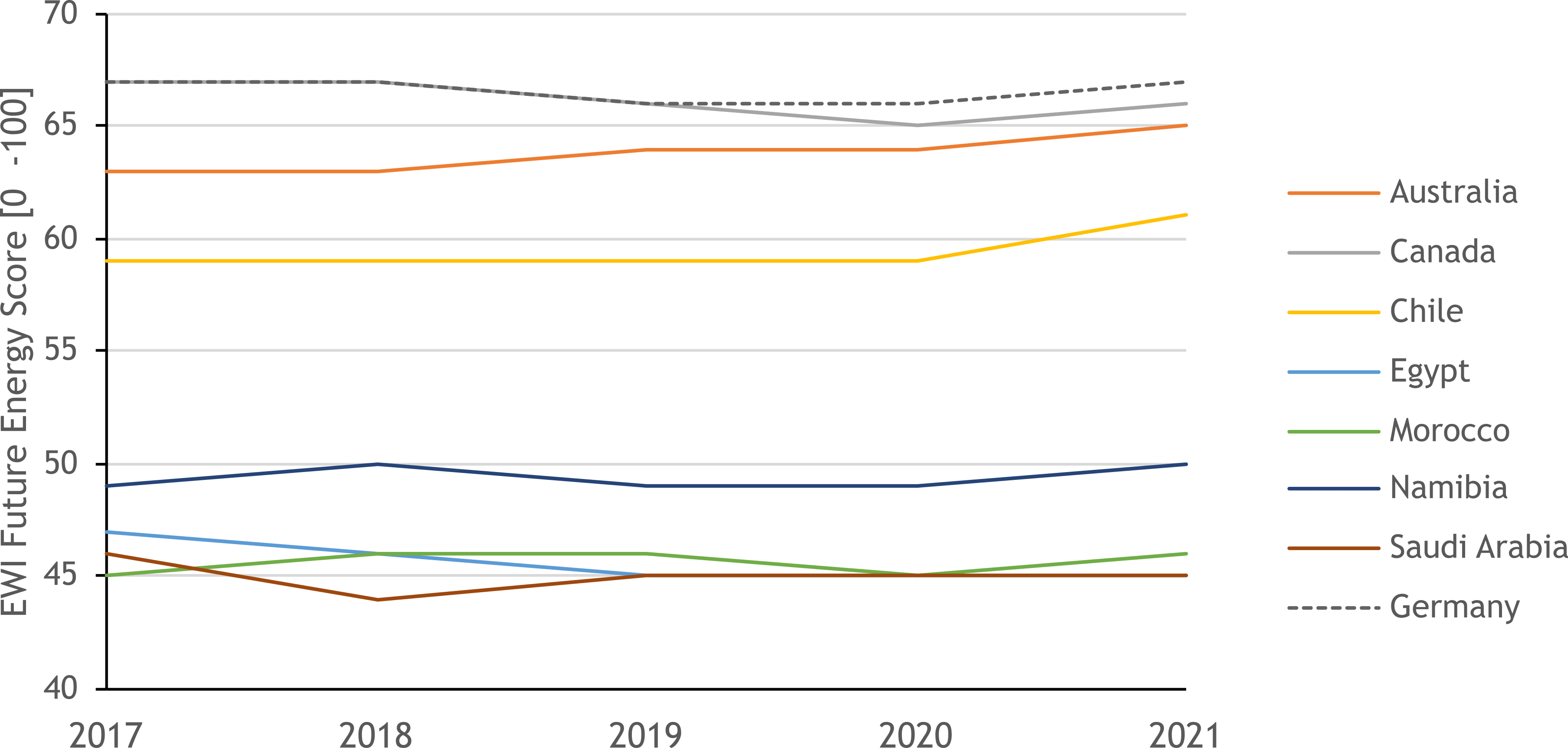
To achieve climate neutrality, green hydrogen will play an essential role in the future. It could technically be produced in many countries around the world. However, the conditions and risks for production vary from country to country. Therefore, supply security challenges also arise for green hydrogen in the case of large import volumes.
In the new study “EWI Future Energy Score: Assessing potential hydrogen exporters”, a team from the Institute of Energy Economics at the University of Cologne (EWI) develops the “EWI Future Energy Score (EFES)”. This score comprises political, economic, social, and energy-related sub-indicators, with which various country-specific factors of the production of energy carriers, such as hydrogen, are mapped. In this way, different countries with potential hydrogen exports can be compared. The analysis was developed within the framework of the EWI’s ” Research Program Hydrogen” and was funded by the Gesellschaft zur Förderung des Energiewirtschaftlichen Instituts an der Universität zu Köln e. V.
The study looks at the local conditions of more than 80 countries with regard to export security for hydrogen. For this purpose, EWI Future Energy Scores are calculated for 2017 to 2021 based on an extensive data set of country-specific variables. The scores are ranked on a scale from 0 to 100, and a higher score can be interpreted as better conditions for investments and resulting hydrogen exports in the respective country.
A country’s EWI Future Energy Score is calculated based on the four sub-indicators economy, politics, social, and energy, by means of a statistical procedure. Each sub-indicator provides information on the respective situation of the country with respect to the sub-indicator in the respective year. Accordingly, the order in which countries rank on each sub-indicator varies, and a country may perform differently on the various dimensions. All four sub-indicators are weighted equally and account for 25 percent each in calculating the EWI Future Energy Score.
For 2021, potential hydrogen exporters Norway, Australia, Switzerland, New Zealand, and the United Kingdom achieve the highest EWI Future Energy Scores.
The German government has entered into various forms of energy cooperation with 30 countries worldwide. Among other things, the cooperations are intended to drive the expansion of renewable energies and help become less dependent on fossil fuels. Another goal is diversifying the German hydrogen import portfolio and establishing sustainable hydrogen supply chains. In this study, Germany’s hydrogen partnerships, a form of energy cooperation, are analyzed in more detail with regard to their local situation: The highest EWI Future Energy Scores among hydrogen partnerships in 2021 were achieved by Australia and Canada.

Evaluating potential trading partners or investments in the hydrogen sector is a complex undertaking. Until now, potential trading partners have only been evaluated regarding production and transport costs. Various studies and tools, such as the EWI’s PtX Cost Tool, are already available. “However, in addition to transport risks and production costs, country-specific factors should also be considered,” says Tobias Sprenger, Senior Research Consultant and Head of the Research Program Hydrogen at EWI. “The EWI Future Energy Score can be used to compare the specific conditions of potential hydrogen exporting countries.”